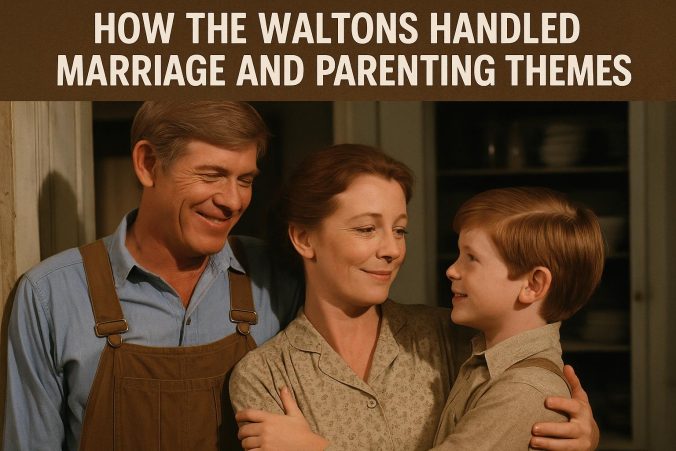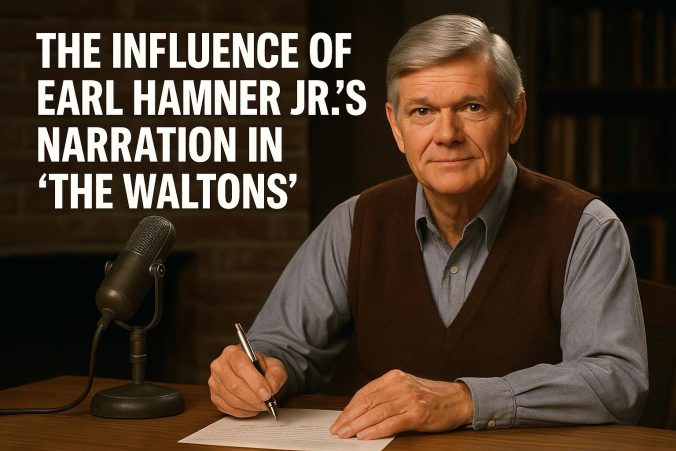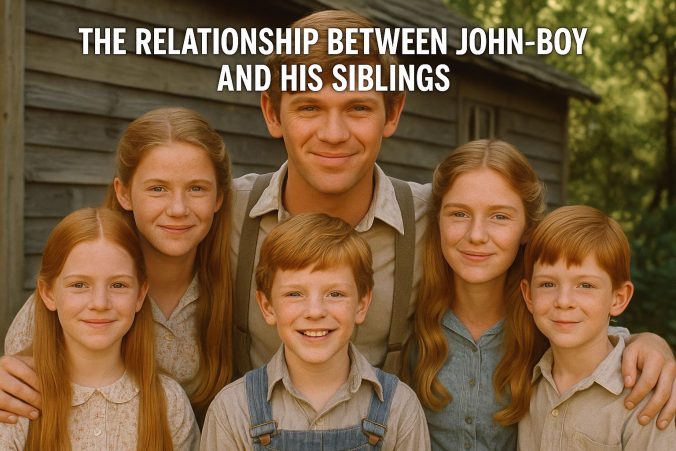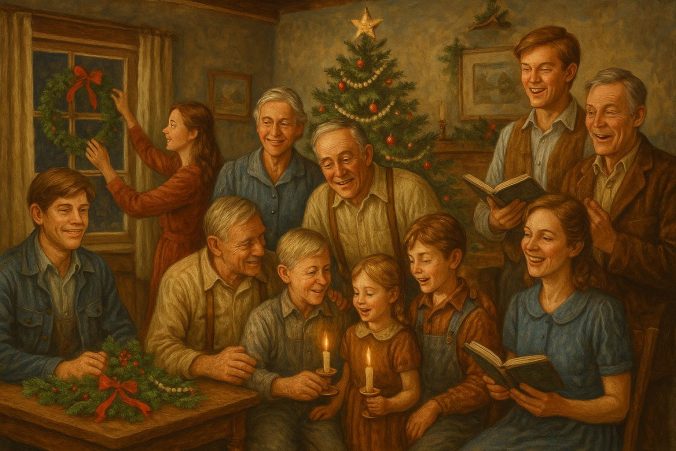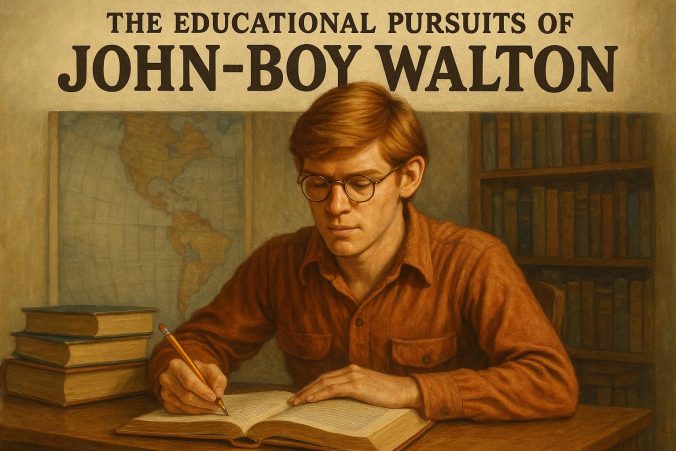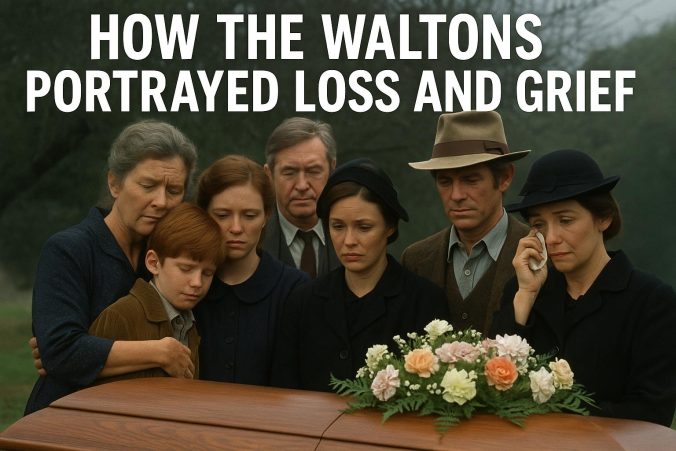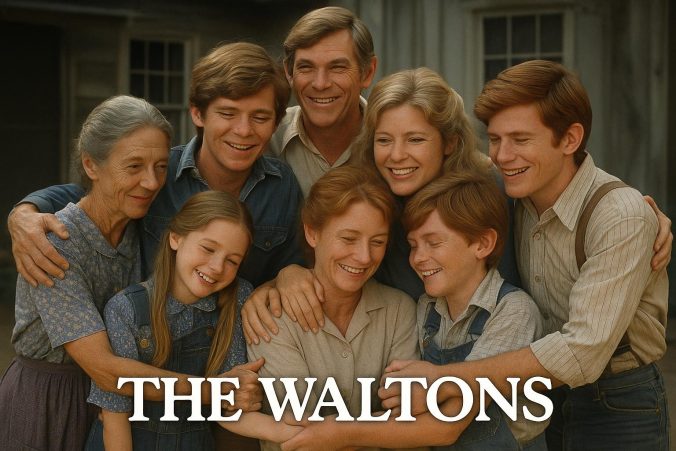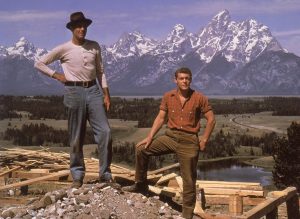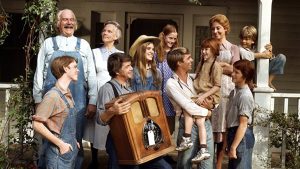Introduction to The Waltons
“The Waltons,” a television series that aired from 1972 to 1981, is often celebrated for its portrayal of family life during the Great Depression and World War II. The narrative unfolds around the Walton family, who reside in rural Virginia. The series, lauded for its authenticity, offers an engaging reflection of the challenges and values of the time, as observed through the lens of the Walton family. It provides a backdrop for exploring themes of marriage, parenting, and the struggles faced during those tumultuous years. This exploration allows for a deeper understanding of the family dynamics and societal norms prevailing during the 1930s and 1940s.
The show focuses on a multi-generational family, capturing the essence of small-town life, where community and family bonds are paramount. Over the years, “The Waltons” has been acclaimed for its commitment to authenticity, particularly in its depiction of the Great Depression’s impact on American families. The series creates a vivid tableau of the era through meticulous attention to period detail, endearing characters, and powerful storytelling that resonates with viewers across generations.
Marriage Themes in The Waltons
One of the compelling aspects of “The Waltons” is its portrayal of marriage, especially through the characters John and Olivia Walton. Their union is depicted as a cornerstone of strength and stability for the family. The series emphasizes important aspects of marriage such as mutual respect, love, and strong moral foundations that were considered fundamental during that period.
Communication and Support: John and Olivia’s marriage is characterized by effective communication, which serves as a guiding principle throughout the series. The couple demonstrates how purposeful dialogue can resolve conflicts and strengthen relationships. For example, numerous episodes illustrate how John and Olivia collaborate to address financial challenges or resolve family disputes. By tackling problems together, they exemplify a supportive marriage that is both realistic and aspirational, resonating with audiences who seek to understand the importance of partnership and unity in marriage.
Challenges and Resilience: While the series celebrates the harmony in John and Olivia’s relationship, it does not shy away from the inevitable challenges they confront. The depiction of external pressures such as economic hardships or internal struggles within the family brings authenticity to their story. Episodes often capture the couple’s unwavering resilience, demonstrating how relying on shared values and a strong emotional connection can help overcome adversity. Their enduring commitment underlines the idea that marriage is not just about shared happiness, but also about facing and enduring struggles together, thus offering viewers an enduring model of cohesive partnership.
Parenting Themes in The Waltons
Parenting in “The Waltons” is depicted as a nuanced and shared responsibility, with John and Olivia taking active roles in nurturing and guiding their children. The portrayal of parenting in the series underscores the collaborative efforts and commitment required to raise children in such a challenging era.
Discipline and Guidance: A significant aspect of John and Olivia’s parenting is the balance between discipline and empathy. They are shown teaching moral and practical lessons, offering their children a mix of advice, understanding, and structure. The series often depicts scenes where the parents engage in teachable moments, focusing on right from wrong, the importance of hard work, and the value of honesty. This approach encourages an environment where discipline is fair and constructive rather than rigid or authoritarian, reflecting a modern understanding of effective parenting.
Encouragement and Independence: Encouragement is another cornerstone of the Walton parenting style. They foster an environment where personal interests and independence can flourish. John’s influence is apparent in teaching work-related skills, emphasising the significance of diligence and craftsmanship. Meanwhile, Olivia stimulates their minds and souls through her advocacy for education and personal growth. The interplay of these influences underscores the notion that fostering independence is crucial in parenting, aiding children in becoming confident and self-reliant adults.
Intergenerational Influence
Apart from immediate familial relationships, “The Waltons” skillfully incorporates the impact of intergenerational bonds on family life. The presence of grandparents Zeb and Esther Walton is indicative of the richness that older generations bring into family dynamics. Their roles extend beyond mere background characters; they actively partake in guiding and nurturing the children, providing insights, and sometimes even discipline, rooted in years of experience and wisdom.
The grandparents’ influence is an integral part of the narrative, further supplemented by their personal stories and trials, which often intersect with the younger generation’s struggles, offering a full-spectrum view of growth and learning. This element showcases how values, traditions, and life lessons are passed down, influencing the younger ones’ perspectives on marriage, family, and societal obligations. The series effectively highlights the flow of knowledge and support across generations that helps maintain familial unity and cultural continuity.
Conclusion
“The Waltons” remains a profound exploration of marriage and parenting themes, providing viewers with a profound depiction of family life during its historical setting. The family’s trials and victories underscore timeless values such as commitment, communication, and shared responsibility. While the backdrop is specific to its time, the themes explored in “The Waltons” resonate beyond the 1930s and 1940s, appealing to a universal audience interested in the intricate interplay of family relationships.
The series underscores a central message: despite economic, social, or personal challenges, the family is a critical unit of strength, unity, and support. “The Waltons” has left a lasting legacy, offering insights into the universal relevance of marriage and parenting themes, and continues to inspire audiences with its earnest portrayal of enduring family values. This portrayal contributes to its continued popularity and relevance, as contemporary viewers find inspiration in the timeless lessons articulated through the lives of the Waltons.
